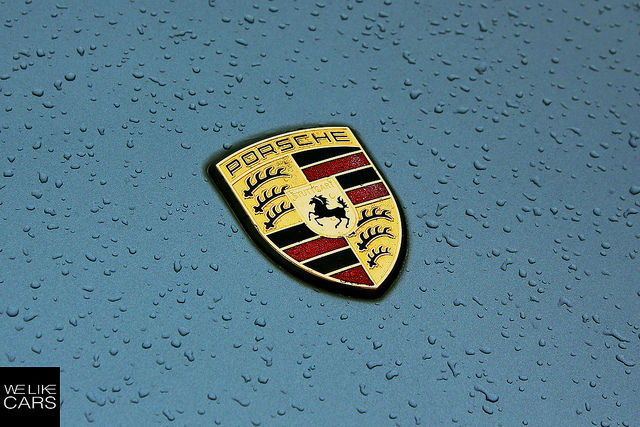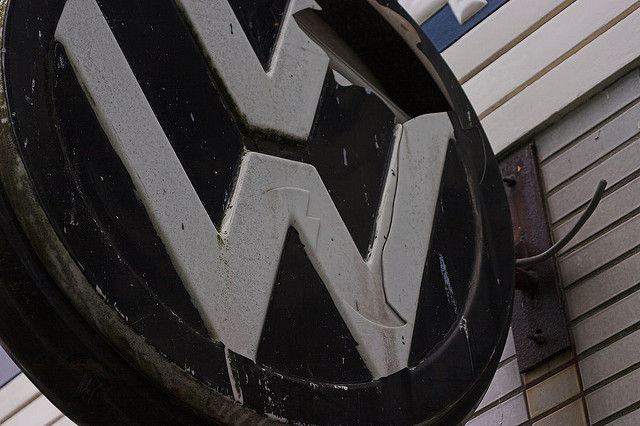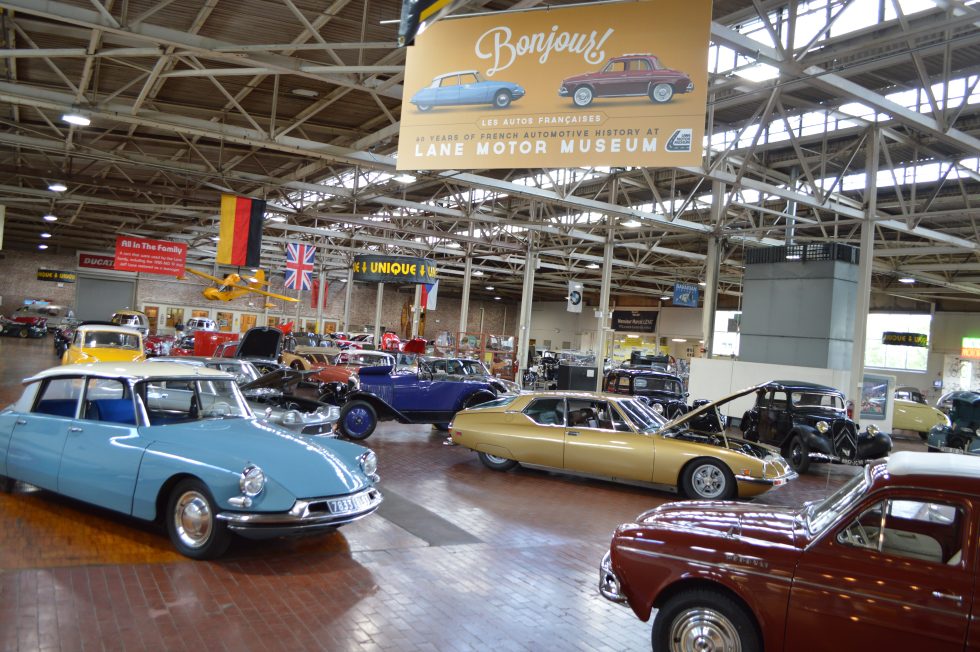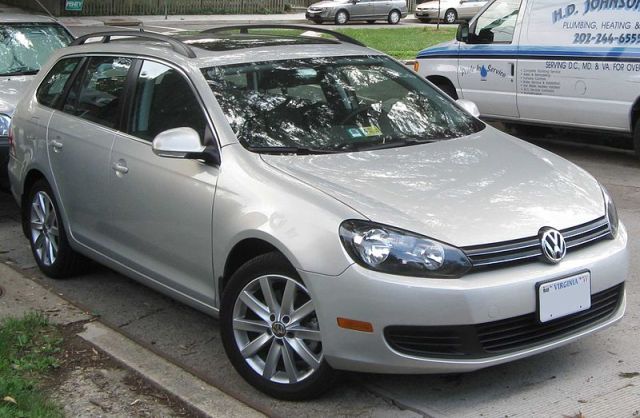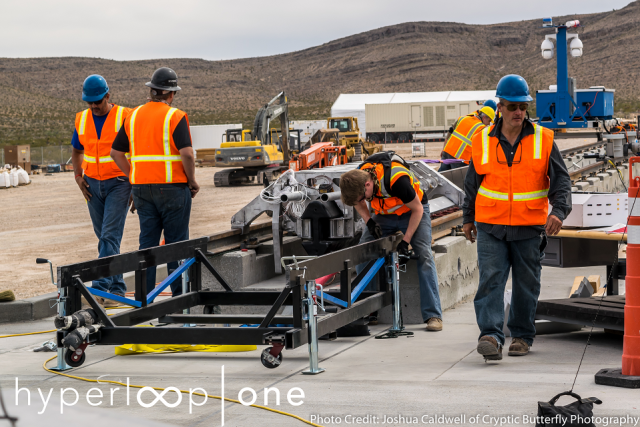
Here's a look at the sled Hyperloop One tested in North Las Vegas. (credit: Hyperloop One)
According to Re/code, co-founder and chief technology officer of Hyperloop One, Brogan BamBrogan, has stepped down from his position at the company. The startup, which is angling to develop a super-fast enclosed transit system, promoted former Vice President of Engineering Josh Giegel to president of engineering and has given him a seat on the company’s board.
BamBrogan was a former SpaceX employee who temporarily served as Hyperloop One’s CEO until 2015. He joined the company after Shervin Pishevar, the other cofounder, had a conversation with Elon Musk, CEO of Tesla and SpaceX. While credited with coming up with a detailed white paper describing how a Hyperloop would work, Musk has declined to throw resources at building a Hyperloop himself, citing his many standing obligations.
Hyperloop One (formerly Hyperloop Technologies) is currently competing with Hyperloop Transportation Technologies (HTT) to see who can bring the 700mph magnetically driven rail system to fruition first. Notably, Hyperloop One is structured as a traditional startup, recently raising $80 million from investors including France’s national railway system, SNCF. HTT, on the other hand, depends largely on volunteer time from engineers who are also veterans of NASA, Boeing, Tesla, and SpaceX.

